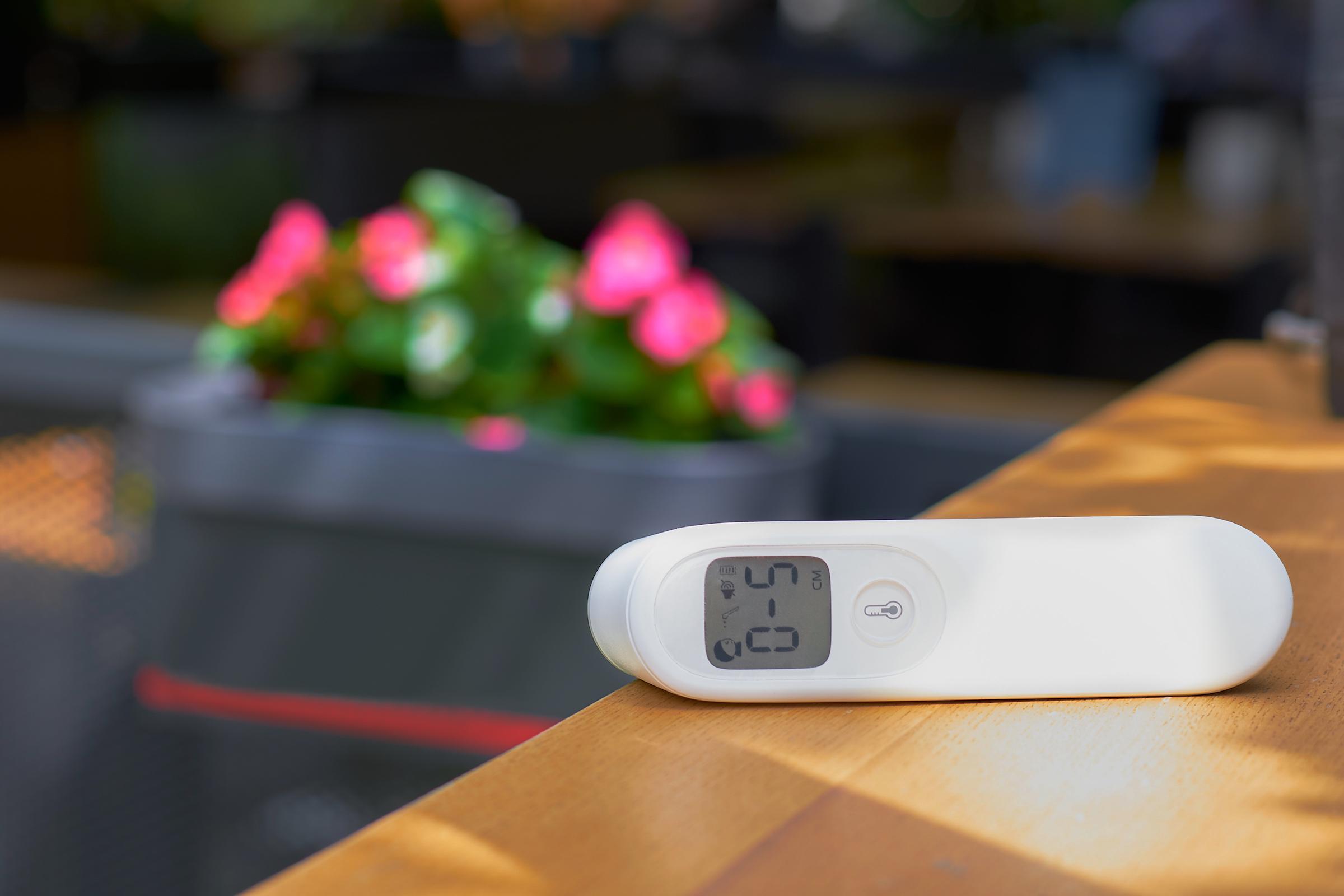TYPES OF FEVER THERMOMETERS


Fever thermometers are essential medical devices used to measure body temperature and determine if an individual has a fever. There are several types of fever thermometers available, each with its advantages and disadvantages.
5 Measurement Types To Compare
Oral thermometers: These are the most traditional type of fever thermometer and are used by placing the thermometer under the tongue or in the mouth for about a minute to obtain a temperature reading. Oral thermometers are considered to be the most accurate type, but may not be appropriate for patients who are unconscious, or unable to hold the thermometer in place.
Ear thermometers: Also known as tympanic thermometers, these use infrared technology to measure the temperature inside the ear canal. They are quick and easy to use, providing accurate results in just a few seconds. Ear thermometers are commonly used in hospitals and medical clinics, and are particularly useful for infants and young children.
Medical professionals prefer ear thermometers as it is more accurate in measuring body temperature. Forehead thermometers: Also known as temporal artery thermometers, these measure the temperature of the blood vessels under the skin on the forehead. They use infrared technology to detect the temperature without making contact with the skin, providing fast and noninvasive readings. Forehead thermometers are particularly useful for patients who are unable to hold an oral thermometer, or who are in a state of unconsciousness.
Axillary thermometers: Also known as underarm thermometers, these are used by placing the thermometer under the arm for a few minutes to measure the temperature. Although not as accurate as oral or ear thermometers, axillary thermometers are a convenient and non-invasive option for patients who are unable to use other types of thermometers.
Pacifier thermometers: These are specifically designed for infants and young children and are shaped like a pacifier. They are placed in the child's mouth for a few minutes to obtain a temperature reading. Pacifier thermometers are convenient and noninvasive, but may not be as accurate as other types of thermometers.



